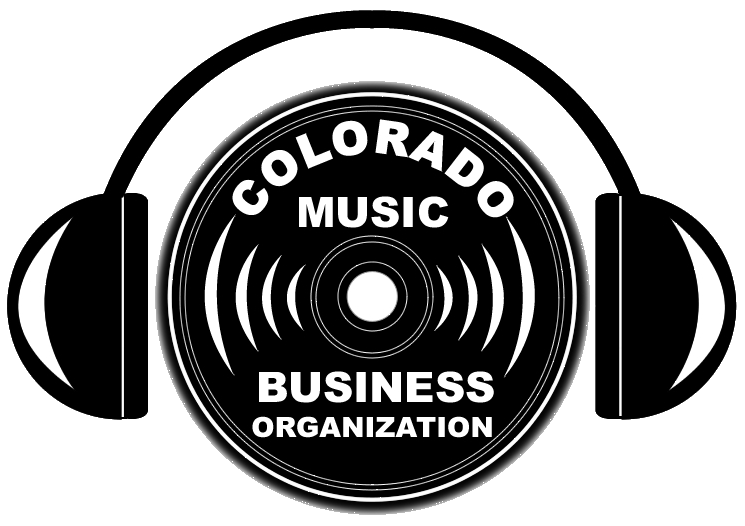Photo: Sadie Dupuis | By Mark Dent, The Hustle | If you listen to Spotify’s music recommendations, there’s a good chance you’ve come across songs by Sadie Dupuis.] As Dupuis told The Hustle, she’s been on the cover of 4 Spotify-curated playlists at the same time. But while the coveted spots on the playlists may have led to greater exposure, they did not lead to greater riches.
She recalls making more money from lesser-known music sites like Bandcamp in a month than she does from Spotify in a year.
“I don’t know any artists who feel their career has been made better by Spotify,” said Dupuis, who has accumulated more than 15m Spotify streams as solo act Sad13 and as a singer and guitarist in Speedy Ortiz.
Spotify, the world’s leading music streaming platform, has been heralded as the savior of the recording industry.
But it sure doesn’t feel that way right now.
When famed rocker Neil Young demanded his music be removed from Spotify over Joe Rogan’s publicizing of covid misinformation, he was joined in his protest by dozens of other musicians. The debacle added fire to a long-simmering dispute over the platform’s inequitable economics for creators.
Spotify just announced it pulled in ~$11B in revenue in 2021. Yet artists — from major stars to indie musicians — feel they aren’t getting their fair share of the pie.
“Spotify is built on the back of music streaming,” said singer India.Arie in an Instagram post showing multiple clips of Rogan saying the n-word on his podcast. “So they take this money that’s built from streaming and they pay this guy $100m, but they pay us (a fraction) of a penny.”
How does Spotify function as a business? Why are artists so poorly compensated on the platform? And will Spotify survive if it continues to alienate them?
The deal that made Spotify a juggernaut
When serial entrepreneur Daniel Ek co-founded Spotify in 2006, people had 3 main options for listening to recorded music:
● Paying $10-$15 for a digital or physical album
● Paying $1 for a digital song
● Illegally downloading albums/songs for free using a file-sharing service like LimeWire
The latter option was becoming more and more popular — and it was putting the recording industry in a bind.
Annual recorded music revenues had fallen from an inflation-adjusted peak of $22.7B in 1999 to $15.1B in 2006. By 2014, that figure had sunk to just $7.3B, per the Recording Industry Association of America.
> > > > > > > > > >
But the economics of Spotify have kept at least one group from feeling salvation: ARTISTS.
How Spotify payouts really work
> > > > > > > > > >
This is a really long article but it is very educational and includes graphs and more to illustrate:
https://thehustle.co/the-economics-of-spotify/
Photo: Sadie Dupuis advocates for musicians as an organizing committee member for the Union of Musicians and Allied Workers. (Via Carpark Records)

